Are you getting the most out of your telematics data?
It’s all about the data. CEO Neil Cawse talks about best practices for working with telematics data and why having an open platform is essential.


It’s all about the data. Data is increasingly important to business in every industry — especially fleet management. That’s where telematics comes in.
Telematics is great at producing huge amounts of information. If you want lots of information, your telematic systems can produce more data than you can handle. You will know how many miles your vehicles travel, how many stops they make, the average time at each customer, and every piece of information you could possibly want. But all this data can be overwhelming to the person who has to manage it.
See also: Podcast: Behind the scenes at Geotab with Neil Cawse
Best practices for working with telematics data
How can we use this data and get the most out of it? Let’s talk about some best practices for working with data and how to turn it into useful information for your business.
What is an open platform?
Big data, API, SDK, open platform… There are a lot of special terms being thrown around out there, so it can be confusing. Before starting, it’s important to get a better understanding.
What do we mean by open platform? “Open” means that you have access to your data.
At the end of the day, open platform means that the data that belongs to you and you have unfiltered access to it. There’s no lock-in. You have the ability to access your data whenever you like, however you like, and give that data to whomever you like. That’s really important.
Watch the webinar recording with Neil Cawse, Colin Sutherland, and Mike Branch:
Co-opertition: The Silicon Valley approach to business
Open platform systems enable collaboration. In some cases, it can mean co-opertition. This is a new concept. Co-opertition is the mixing of collaboration and competition.
If you look at the IT companies in Silicon Valley, you’ll see a lot of co-opertition going on. For example, one of the vendors, Google, Apple, or Microsoft, might produce products that run on a competing vendor’s platform. Essentially, they are cooperating. And in other ways, they compete.
That really is the Silicon Valley approach. Having an open platform prevents lock in, so that everybody can compete and everybody can use one another’s technology and platform. Ultimately, it’s better for the consumer.
Open vs. closed platform for telematics data
Open platform lays the foundation for informed decision-making and business efficiency. On the other side, there is closed platform. A closed platform limits what you can do with your telematics data.
If you buy a telematic system and it’s closed, you will be limited in a number of significant ways. You won’t be able to export the data to your own systems, or even extract all the data and put it into an Excel spreadsheet for analyzing. Or, you’ll have to obtain permission first from the company that bills the telematic system, before you can get any other third-party system to work with your data.
Bottom line, you want to make sure that you’re dealing with an open platform. To get the maximum benefit from your system, you need to have open access to your data, APIs that are free and available, and the ability to allow other vendors to access your telematics data. You should be asking these questions when evaluating telematic systems.
In fact, you should be looking for open platform with all your business systems. If your accounting system doesn’t allow you to collaborate with your telematic or customer relationship management system, that’s a closed system.
APIs and SDKs
Now let’s look at APIs and SDKs. What do they do and why are they important? At the core, APIs and SDKs are the tools that enable an open platform. API means “application programming interface.” SDK stands for “software development kit.”
An API is the language that the computer uses to talk to your system and pull out the data. Everybody has a different API. That’s what developers have to understand. An SDK is the tools, information, and examples given to the developers on how to work with the data. Not all SDKs are created equal.
Why are they useful? Let’s say you want your accounting or maintenance software to work with your telematic system — you’ll need to know the vendor has an API and an SDK.
If you want a truly open system, you need to make sure that your vendor provides you with an API and that it’s a good API.
Related: Intro to the Geotab Software Development Kit
How to choose the right platform
So what would you need to expect from a good SDK? Here are a few basic requirements:
- Single sign-on
Single sign-on is the first fundamental requirement. Single sign-on gives you the ability to automatically sign-in to the system from another system. So, you can log-in to one system and get access to all the systems. To the user, it looks like you’re working in one system.
This is a big time saver and makes it easier to work. Nobody wants to remember 50 passwords and 50 log-ons, and then log-in every time you move to a new system. - Samples
Any SDK should provide you with lots of samples. Basically, samples jumpstart the process — it’s like the kit does half the work for your developers. With documented examples of code, your developers can get started quickly, and focus more on the business side. - Flexibility and control
The SDK must be able to do anything in the system. If you want be able to plan routes, look up posted road speed, look up address, get average speeds, or take advantage of other services, you need to make sure your SDK unlocks all of that. The vendor can control what you have access to.
Ensure that the vendor agrees to not change the SDK arbitrarily. Why is this important? It’s very expensive for your developers to build these systems or for third-parties to do integrations with your system. If the SDK changes, they developers will have to redo all that work — that’s not good.
- Reliability
In effect, the SDK is a contract. When you get an SDK from your accounting software or from Geotab, you’re essentially getting a contract from that customer saying, “I promise you that SDK will work for 10 years and you won’t need to change your code.” So that’s an important thing to know about what makes a good SDK or a bad SDK.
What the software industry won’t tell you
So why do you need these SDKs and these APIs? I’m going to let you in on a dirty little secret in the IT industry. There is a lot of amazing software out there. These systems are very capable and they can do a lot for relatively little money. We can even go online and buy many of them these days. However, there’s a hitch.
The problem with most software is that they are islands of information.
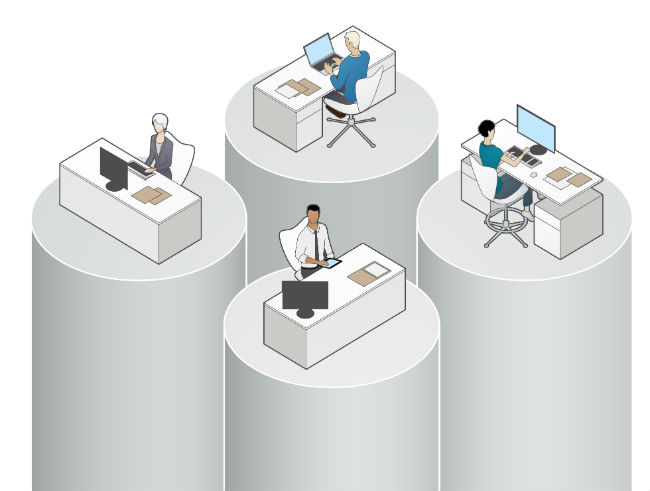
They’re not all integrated together. That means that you have to duplicate a lot of your data. Every single time you add in a new customer, you might have to edit your accounting system, because now you need to bill your customer. Or, you need to edit your CRM system so that your sales guys know about it. Likewise, you need to go and edit your telematic system because you want to track when you go to and from the customer. As a result, you end up inputting the same customer 17 times.
Worse than that, it’s not just a once-off thing. Every time you need to maintain details on that customer, it has to be updated in all these systems.
Helping systems talk to each other
I think we’ve all had these types of experiences. Like when you’ve moved and need to change your address at the bank. You have to call multiple times before the address actually gets updated. It’s because these companies all have islands of information and the marketing database is different from the database of the bank systems.
Integration is the elimination of those islands of information. We take two different systems and make them talk together. So that, when you add a new customer into your accounting system, that customer will automatically appear in your telematic system and customer relationship system, etc., but without all the extra work.
This example show why SDKs and APIs are so important to business. Integration is the key to making IT systems work smoothly and helping you get the most out of your IT systems. As mentioned before, since integrations can be so expensive and cumbersome, having the vendor be responsible for them is ideal.
Another important tip is to look for a marketplace. When evaluating vendors, telematics or otherwise, it’s not always possible know all the solutions, add-ons and integration you will ever need. The availability of a marketplace, or solutions hub, is a great asset and ensures you will be covered for the future.
See also: Advancing the use of technology in telematics
Connecting IoT devices in your vehicle and integrating it with your telematic system is another way you can get the most out of your data. There are many great examples today of how IoT can be combined telematics such as barcode scanning or temperature tracking in reefer units. The data can be collected by the device and made available on the back end for SDKs and APIs.
Take this example of a waste management company that has streamlined pick up with a mobile app. Whenever their customers want some waste collected, they go into the app and send the request: “Come collect the waste.” The system knows the location of the request and sends a message via Garmin to dispatch the nearest driver, taking traffic into account.
It then counts the number of miles driven and measures the weight of the load. Once the load is dropped off, an invoice is automatically generated because it knows the miles and pounds on the back end through an API.
Automating business processes, taking the cost out of doing business, and increasing customer service — that’s the power of IoT combined with telematics for business.
Setting the record straight about security
Now, when people hear the word “open” they may think of “open door.” This is absolutely not true. Open means that you have the lock and key in your control, instead of the vendor. Open can be very secure for several reasons, the first being that you control authentication. If you want to give another company or your CRM company access to your telematics data, you control the log-in. You say, you know, “Here is the log-in that allows you access to that data. Now you can integrate with my telematics data and control it.”
Don’t be afraid to ask the vendor: Are you secure?
Security must be taken incredibly seriously — the consequences are dire, as we have all seen. Verify that the vendor puts security first. They should keep your data encrypted and they are using industry-based practice for how to look after your data. You have the right to know what security practices have been put in place. Even if you don’t understand them all, the ask is important.
Understand the details with big data
Finally, we can’t talk about data without mentioning “big data.” At Geotab we have a philosophy: You can’t manage what you don’t measure. Yet, sometimes it’s possible to measure and still not really understand the details.
Let’s say you track customer visits. You could record total visits, but you could also ask:
- How many times did we visit a particular customer?
- When did we visit them?
- What is our busiest time of the year?
- How many vehicles do we have in our fleets and when are they picking up the items that need to be picked up?
- How long were the vehicles in repair shops?
- What were the types of failures and what does that look like if broken by vehicle type?
All of these are important sets of data that we need to be able to measure.

Big data allows you to slice and dice the data at scale.
You can say, “I want to compare the number of invoices by temperature outside versus the number of customers I’m visiting.” But first, you need to have a source for big data. Measure everything you can and put it into a big database. You may not be 100% sure what you will use it for now, but in the future, when business problems arise and you need answers, the data will be there to give you answers.
There are some other key requirements to consider. Big data requires an open platform. The open platform makes it possible to retrieve all that data for storing. So it’s really important that data is open and that you can get the data out.
As well, big data requires sharing. With benchmarking, you are comparing your results with somebody else’s. You could say: “For my particular industry, for my fleet size, the business that I do, is my idling reasonable or is it not reasonable?” Everyone must be prepared to share a little bit of their data for big data to work.
Recommendations
If you are thinking about big data and systems in general, here are some top things to remember.
- First of all, make sure you choose an open platform. Open is what is important. Think about every one of the systems that you buy. Make sure they have APIs, make sure they have SDKs, make sure that they’re prepared to promise you that they’ve got these in place for you.
- The best case today for IoT in business is telematics. Telematics was around before IoT was a buzzword. Connecting your vehicle to the internet is a huge opportunity and allows you to do amazing things for your business.
- Integrating systems together is really important. These islands of information don’t work out well. Investing in systems that don’t work together and make you duplicate work doesn’t make sense. Start simple. Look for the biggest opportunities. Even if all you do is copy your customer list to a telematic system, or, have your telematic system automatically tell your maintenance manager which vehicles to repair, you will benefit. Whatever simple integrations you start with you’ll get a good reward.
- Consider security. Ask questions. Make security a priority.
- Pick a company that understands big data. Whether it’s a telematics or accounting company, pick the vendor that really understand, you know, the value of big data, where big data is going to take you one day and the importance of the big data.
See also:
The measure of entrepreneurial success: Q&A with Geotab Founder, Neil Cawse
Geotab experts join speaking panel at upcoming IoT Tech Expo 2016
Subscribe to get industry tips and insights

Neil Cawse is the Founder and CEO of Geotab, a global leader in connected vehicle and asset solutions, data intelligence and AI.
Table of Contents
Subscribe to get industry tips and insights
Related posts
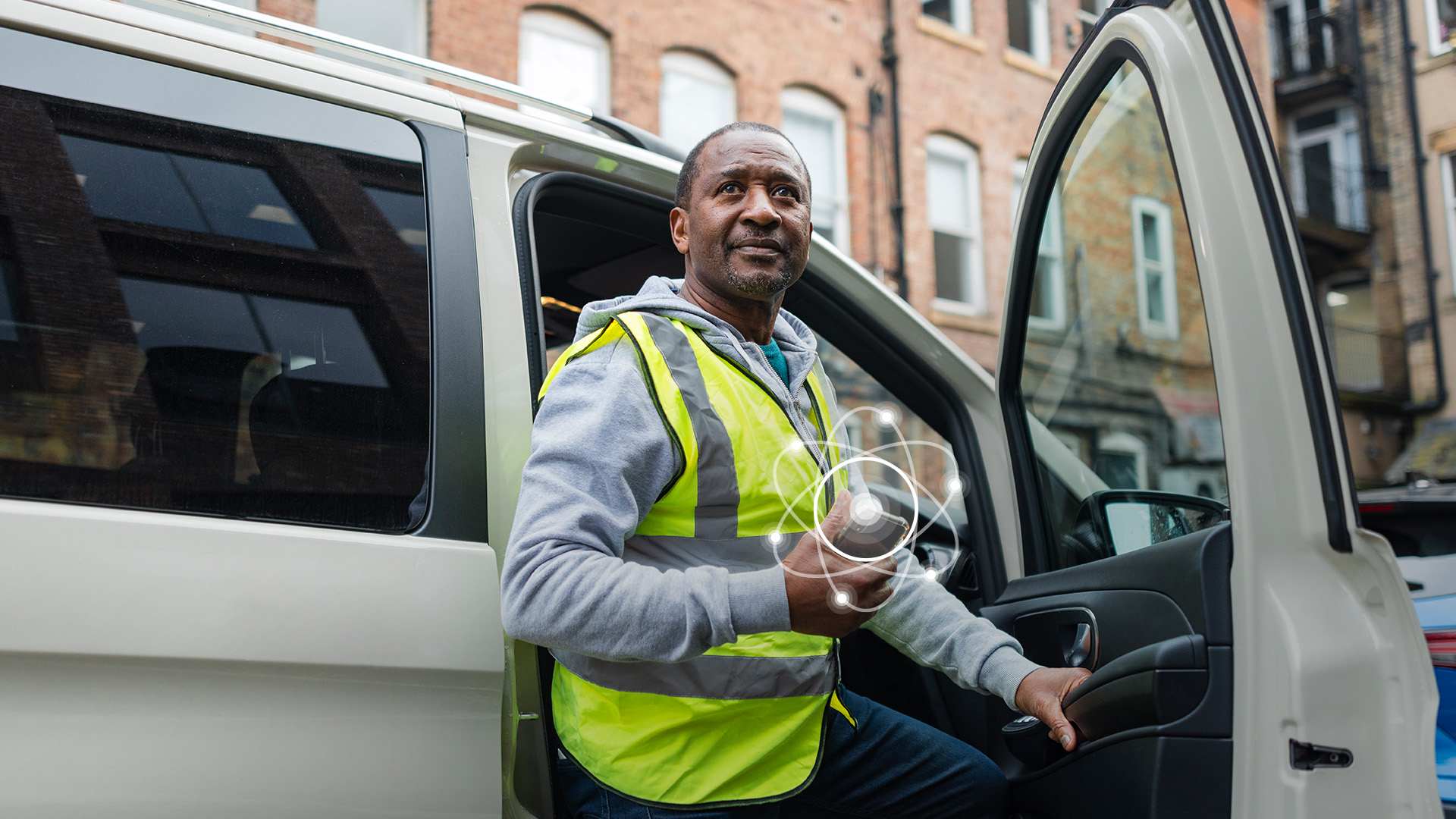
Field service is losing money to bad data: Go beyond GPS with smarter telematics
June 27, 2025
3 minute read
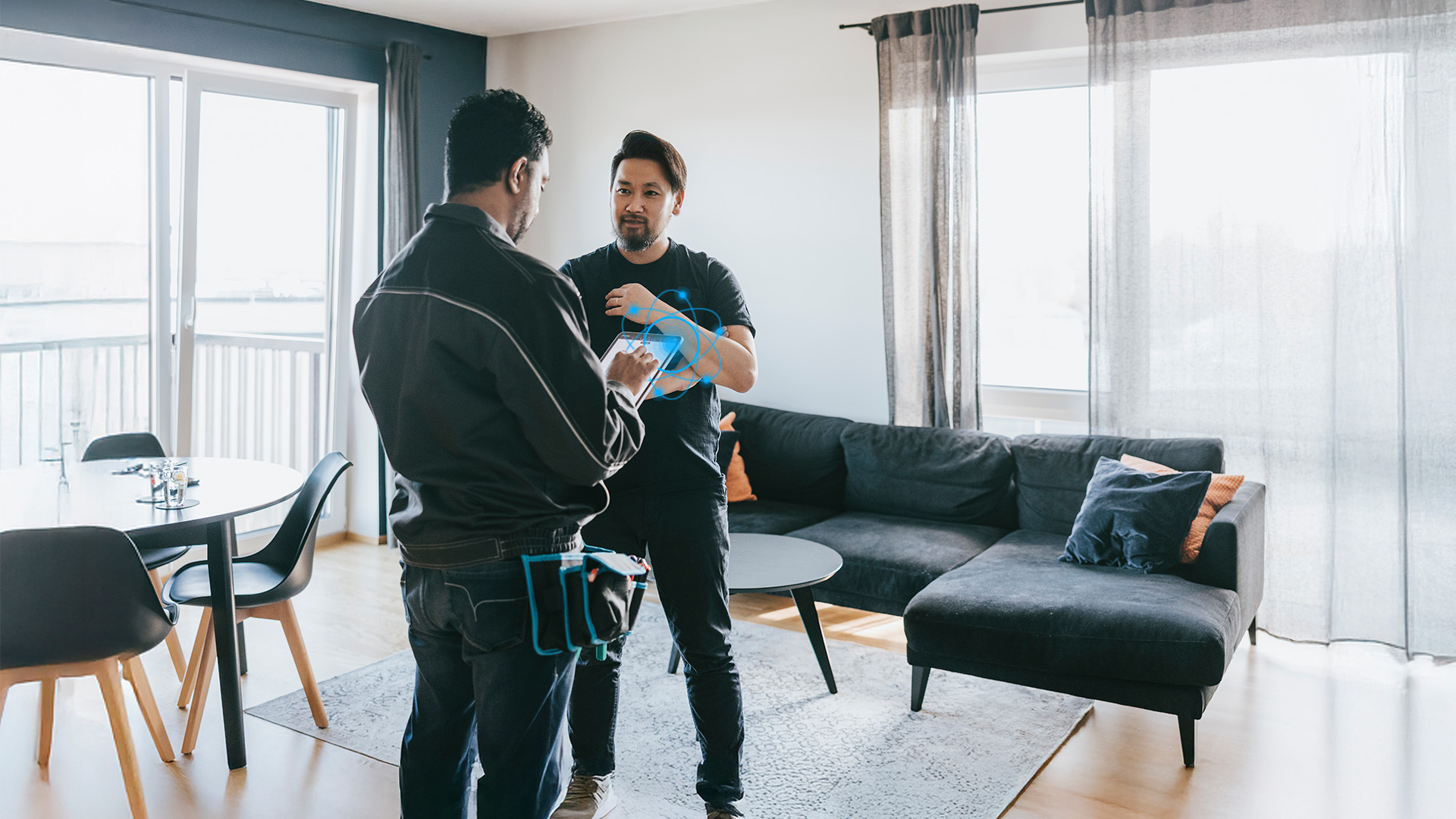
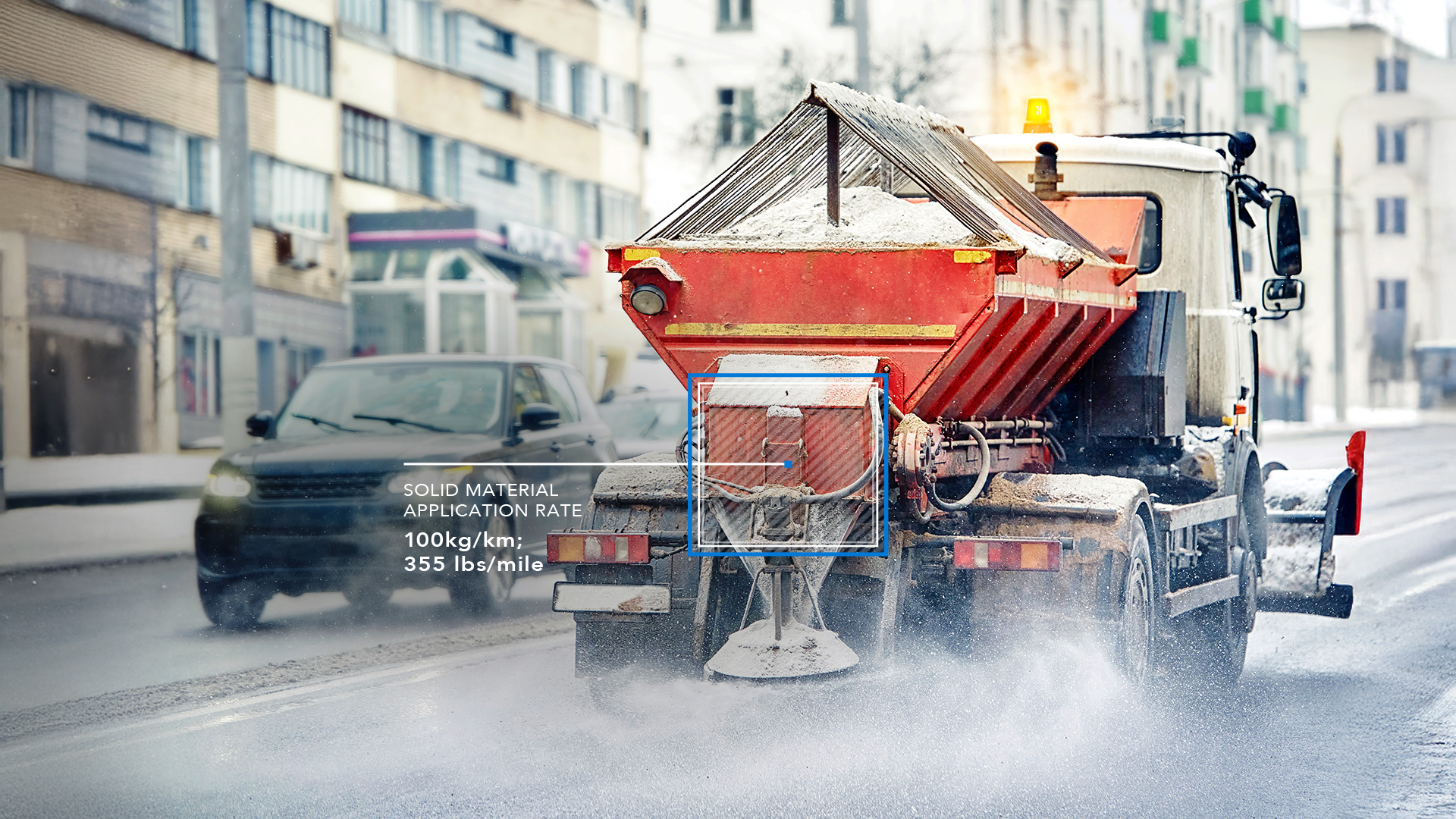
Enhancing winter road maintenance with postseason materials usage analyses
June 20, 2025
6 minute read

Building a self-sustaining school bus driver safety program with Geotab Vitality
June 13, 2025
7 minute read

The impact of unproductive idling on police vehicle service life
June 10, 2025
3 minute read
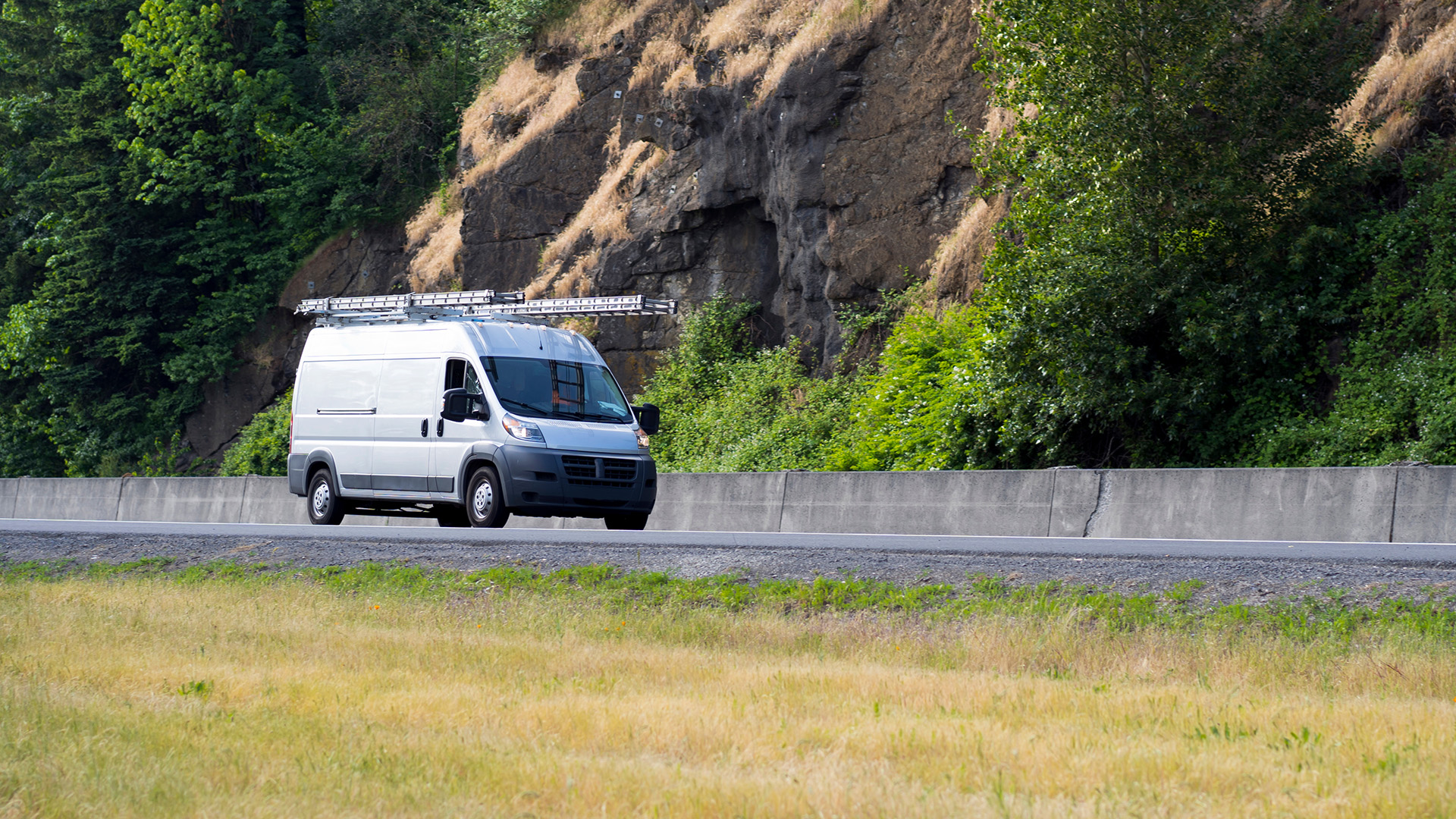
Unlock field service ROI: Your practical guide to connected operations playbook
June 9, 2025
3 minute read